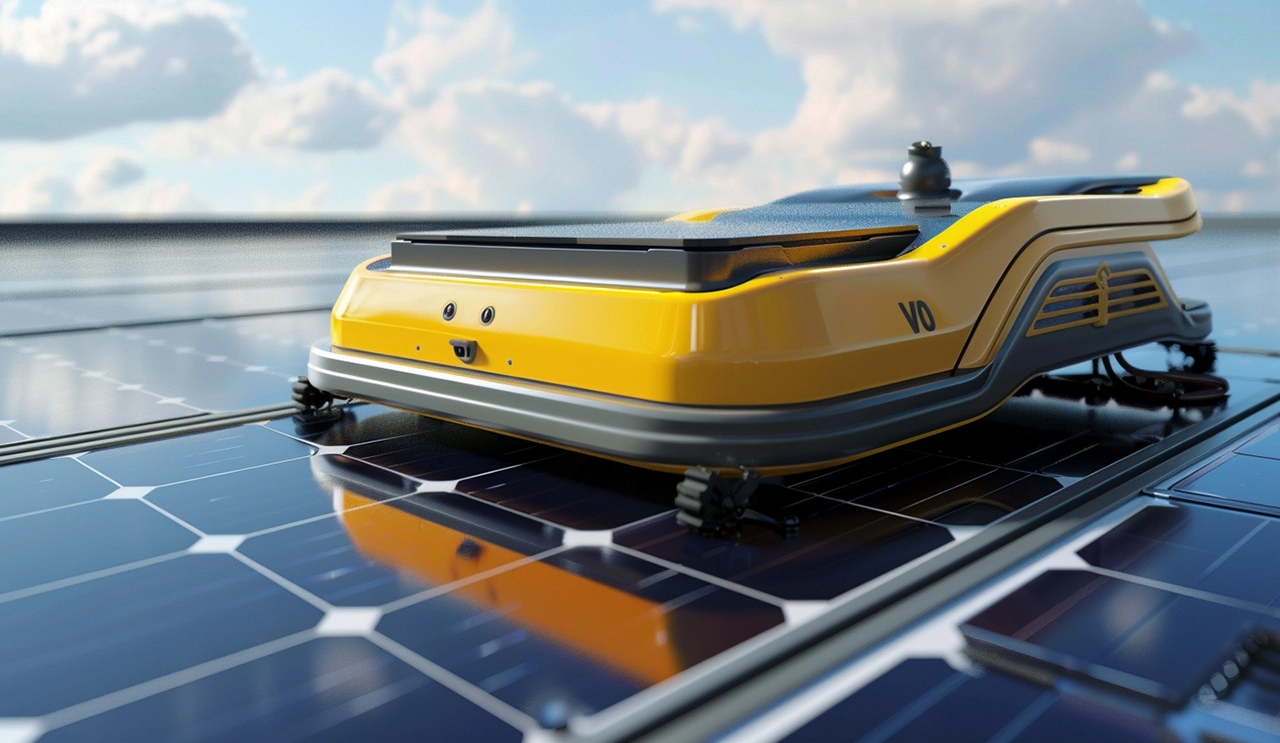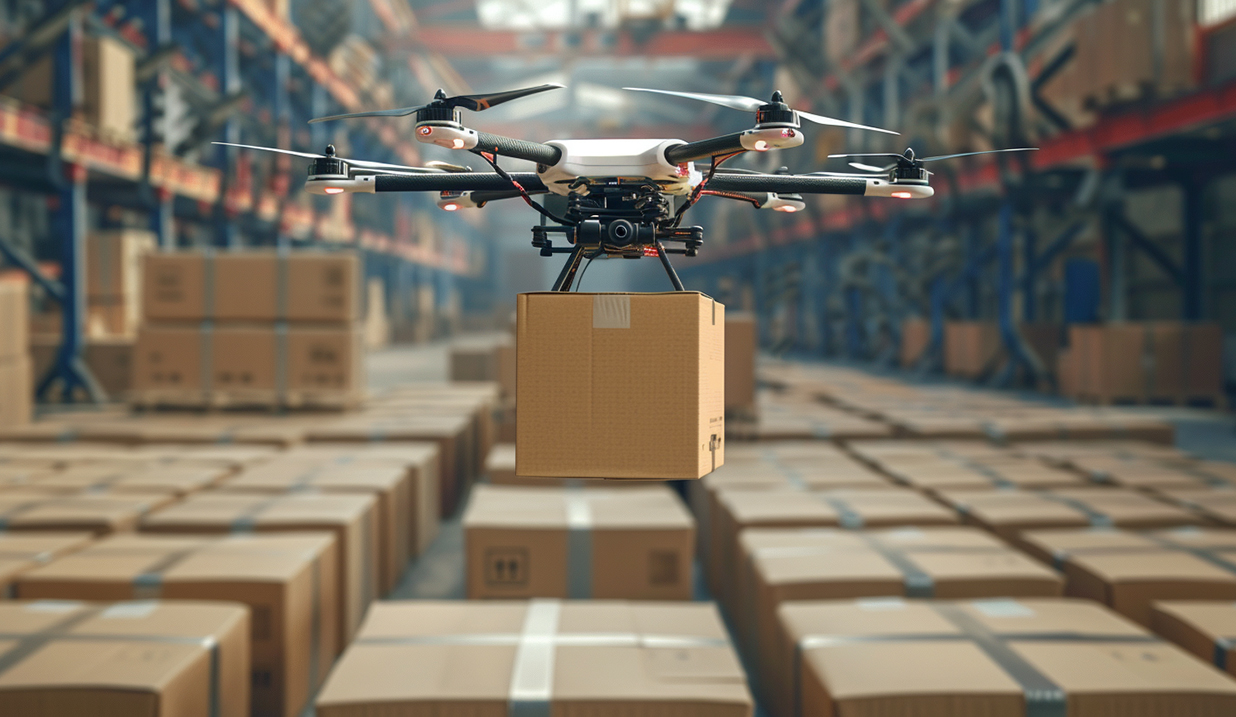
WIRELESS CHARGING IN THE NEWS
With the rapid development of agricultural automation technology, intelligent harvesting robots have gradually become essential tools in modern agriculture. These robots not only enhance harvesting efficiency but also effectively reduce labor costs and address the labor shortage during peak farming seasons. The efficient operation of intelligent harvesting robots relies on the coordinated work of multiple systems and devices, encompassing perception, decision-making, and execution technologies. This article will provide an in-depth technical analysis of the key systems and devices that constitute intelligent harvesting robots and explore their functions and working principles.
The core of an intelligent harvesting robot lies in its perception system, which is responsible for collecting information about the environment and target crops. The perception system typically consists of various sensors, including cameras, LIDAR, infrared sensors, and ultrasonic sensors. Cameras are crucial for visual recognition, as high-resolution image capture allows the robot to obtain appearance information about the crops, such as color, shape, and size. These image data are transmitted to the robot's control system, where they are processed and analyzed to identify ripe fruits and their locations. LIDAR and ultrasonic sensors measure the distance between the robot and the crops, constructing a 3D environmental map to assist the robot in precise navigation and obstacle avoidance.
Visual recognition technology plays a significant role in the perception system. Through computer vision algorithms, the robot processes and analyzes the captured images to recognize ripe fruits. Commonly used visual recognition algorithms include Convolutional Neural Networks (CNN), Support Vector Machines (SVM), and K-Nearest Neighbors (KNN). These algorithms learn and classify the appearance features of fruits, accurately determining their maturity and health status. Additionally, visual recognition technology can be combined with multispectral imaging and near-infrared spectroscopy to further improve the accuracy and reliability of fruit recognition.
Once the perception system collects environmental and target information, the decision-making system of the intelligent harvesting robot comes into play. The decision-making system is responsible for comprehensively analyzing the data provided by the perception system and formulating the optimal harvesting strategy. This includes path planning, harvesting sequence, and force control, among others. Path planning algorithms calculate the best route for the robot to move, ensuring efficient approach to the target fruits by analyzing the environmental map and crop distribution. Optimization of the harvesting sequence considers fruit maturity and accessibility, prioritizing the harvesting of ripe and easily accessible fruits. Force control is another critical aspect of the decision-making system, adjusting the force of the robotic arm based on fruit weight and stem tolerance to prevent damage to the fruits and plants.
The execution system is the final operational component of the intelligent harvesting robot, responsible for converting the commands of the decision-making system into actual operations. The execution system mainly includes a robotic arm, an end-effector, and a mobile base. The robotic arm is the core component of the execution system, typically consisting of multiple joints with multi-degree-of-freedom movement capabilities. This allows the arm to flexibly adjust its position and angle, accommodating fruits at different heights and positions. The end-effector is the tool at the end of the robotic arm, responsible for direct contact with the fruit to complete the harvesting process. End-effectors come in various designs, including gripping, suction, and cutting types, selected based on the characteristics of different crops and harvesting requirements. For example, suction-type end-effectors provide better grip for smooth-surfaced fruits, while cutting-type end-effectors are more suitable for fruits requiring cutting.
The mobile base is another important component of the intelligent harvesting robot, responsible for carrying all system devices and providing mobility. The mobile base usually has autonomous navigation capabilities, achieving precise positioning and path tracking through the integration of GPS, Inertial Navigation Systems (INS), and visual navigation technologies. Additionally, the mobile base needs to have good obstacle-crossing ability and stability to handle complex field terrains and environmental conditions. To enhance work efficiency, some intelligent harvesting robots are equipped with multi-arm systems, where multiple robotic arms can work simultaneously, significantly increasing harvesting speed and coverage.
The energy system is the backbone of the continuous operation of intelligent harvesting robots, typically consisting of high-capacity lithium batteries or hydrogen fuel cells. The battery management system monitors battery status, including voltage, current, and temperature, ensuring safe operation within specified ranges. Additionally, the energy system needs to have fast charging or battery replacement capabilities to minimize robot downtime and improve work efficiency.







